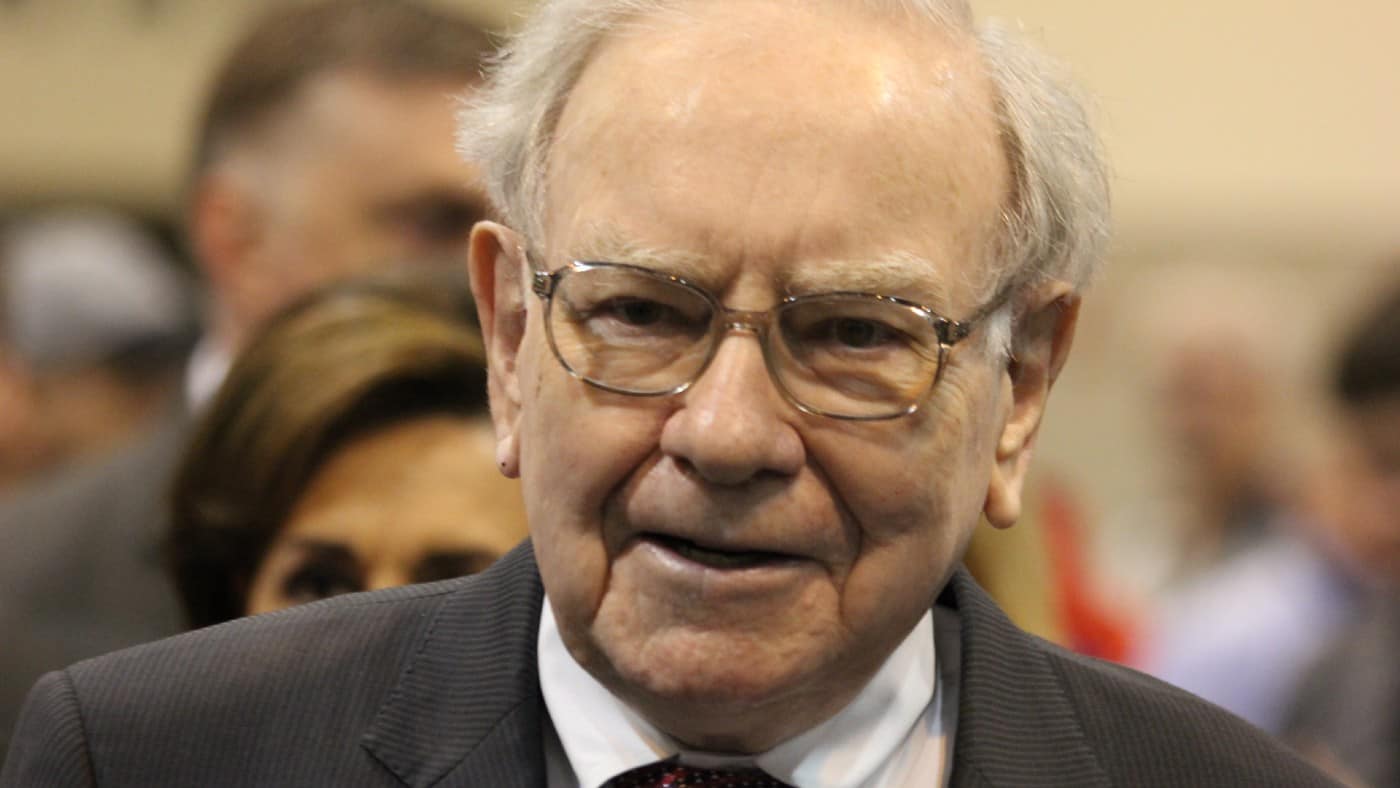Warren Buffett’s often regarded as one of the best investors alive today. And given he currently sits on a track record of nearly 20% annualised returns since the 1960s, I’d have to agree. While there are many factors behind Buffett’s success, there are three specific tactics he uses that I believe can help investors improve their wealth. And that includes those whose savings have been decimated during this cost-of-living crisis.
1. Walk, don’t run
Compounding’s a marvellous tool for building wealth. But this snowballing effect can take a considerably long time to get going, hence why starting an investing journey early on in life can be so advantageous. However, that doesn’t mean investors should rush into making decisions.
Analysing businesses takes time. Beyond understanding how it makes money and the risks it faces, a detailed investigation into long-term opportunities, competition, and financial statements is critical. As is estimating a fair price to pay.
This process can be quite tedious, especially when shares of a particular ‘hot stock’ are flying through the roof and everyone else is seemingly making a fortune. However, getting drawn into the hype without proper due diligence is usually an excellent way to lose money in the stock market.
2. Stick to a circle of competence
Buffett’s portfolio contains a diverse collection of companies. Yet for decades, there was a distinct lack of exposure to the technology sector. Considering it has been proven to be one of the most lucrative industries since 2010, he has left a lot of money on the table.
But at the same time, he’s avoided falling into plenty of traps simply by not investing in businesses and sectors he doesn’t understand. This is where I made some of my biggest blunders at the start of my investing journey a decade ago, including Superdry (now delisted), ValiRx, and IQE (LSE:IQE). Let’s zoom in on the latter.
IQE’s a supplier of compound wafers for manufacturing semiconductor chips. They’re predominantly used for wireless technologies like 5G and smartphones.
With consumer electronic demand down significantly due to inflation, the group’s been struggling of late. This impact was only amplified by inventory destocking across the sector. But market conditions are starting to improve. And with cost-cutting efforts by management set to hopefully boost margins, a turnaround might be underway.
However, at the time of my initial investment, my knowledge of the semiconductor industry was patchy at best. Consequently, I ended up overpaying considerably, which translated into a massive loss when I sold in 2020.
3. Invest for the long run
When investing in a business, barring some rare exceptions, Buffett’s committed to holding his position indefinitely. And in some cases, that’s expanded to decades. He’s held shares in Coca-Cola for 36 years and American Express for 31 years. And even some of his more recent sales only came after decades, such as Wells Fargo and Costco Wholesale.
This cuts to the core of his investing philosophy. He wants to build wealth by owning wonderful companies and ride the coattails of their long-term success. And while my portfolio’s tiny compared to his, it’s a strategy that’s already drastically improved my performance over the years.
This post was originally published on Motley Fool




